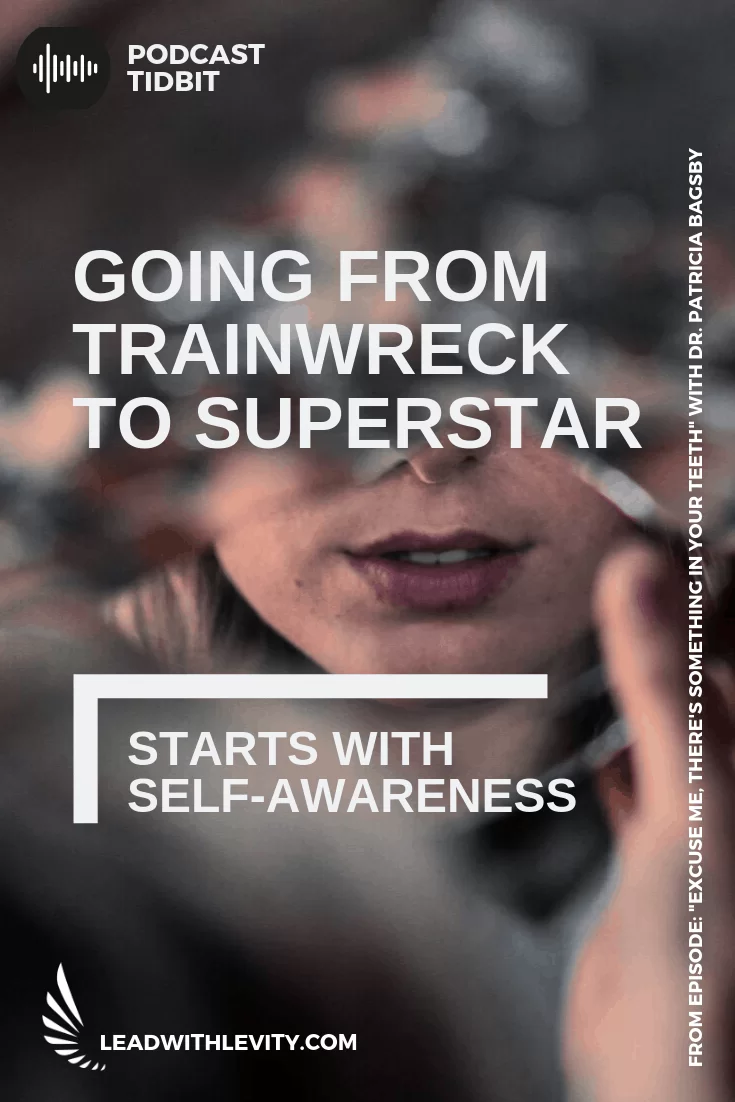
Are you tired of hearing crickets during the Q&A portion of your workshop, class, or meeting?
Listen up professors, trainers, teachers, educators, and presenters. I have some intriguing information for you. Did you know that there’s a simple action that can actually train your audience to stop answering questions during Q&A? It’s true! And here’s the kicker – the more you repeat this action, the harder it becomes to get a volunteer to speak up. Eventually, the only person speaking up will be the one who invited you to the event.
Are you tired of hearing crickets during the Q&A portion of your workshop, class, or meeting?
Listen up professors, trainers, teachers, educators, and presenters. I have some intriguing information for you. Did you know that there’s a simple action that can actually train your audience to stop answering questions during Q&A? It’s true! And here’s the kicker – the more you repeat this action, the harder it becomes to get a volunteer to speak up. Eventually, the only person speaking up will be the one who invited you to the event.
So, what is this common mistake that causes such silence? Any ideas? I’ll give you a moment to think… *Crickets*
Alright, let’s not dwell on it. But seriously, have you figured it out yet? Anyone? *Crickets*
Okay then, let’s move on. Although I would have loved to hear some of your thoughts, it seems like no one wants to share. Oh well, no pressure.
But wait, did you finally crack the code? Are you feeling frustrated like I am?
How to train your audience to stop answering your questions during Q&A
The common mistake that presenters make is asking a question, waiting for a few seconds, and then moving on to the next slide. There are a few problems with this approach.
Did you know that there’s a simple action that can actually train your audience to stop answering questions during Q&A?
- It’s the traditional classroom method of trying to spark discussion, to get the audience to use their brains and put two and two together, or to share something from their own experience. You’re assuming that they’re engaged and following along. If you haven’t warmed them up, if they don’t fully trust you (or the other people in the room) yet, or if you’re asking some kind of complicated question, then you are inviting a Q&A power struggle.
- The second problem is that this method tends to require courage or someone who is social and doesn’t mind speaking up in public. So we tend to see just a few people stepping up in the room while everyone else breathes a sigh of relief that you didn’t call on them.
- And the third problem, which is the worst from my perspective, is that you’ve given everyone in the room permission to stay surface level.
Engagement is expected during Q&A, but not automatic
A well-designed program has opportunities for solo and group reflection. We don’t want to rob our audience of that. And putting yourself in a position to be on opposing sides with your audience can lead to less-than-ideal results.
- It’s awkward for them and incredibly draining for you. So many educators say that the best part of the job is seeing light bulbs go off and that moment when they see that the group “gets it.” When you ask a question and make it easy for them to stay silent, you are teaching them that they don’t have to even think about the reflection question. All they have to do is wait you out and they know that you’ll cave because you caved before.
- There are barriers in the way of their reflection. People sign up and show up because they believe that they are going to learn and grow from the experience, but there’s sometimes a disconnect because the reality is that it’s 8 AM/1 PM/3:45 PM/(insert inconvenient time of day here)–they’re tired, hungry, cold, and feeling withdrawal from their phones and laptops. Now you’re asking tough questions and they just want to hide in the corner. We have to help them overcome those barriers so learning can happen.
When you ask a question and make it easy for them to stay silent, you are teaching them that they don’t have to even think about the reflection question.
A Q&A engagement tool: Beach ball moments
Here’s one way to add levity to the experience while simultaneously getting everyone in the room to answer your questions. It’s a tried-and-true method that works for most adults. I call it a beachball moment. Bring a beach ball to your next session. Let everyone know at the start that there will be moments when you ask for everyone to reflect and share. When these moments come, you’ll gently toss the beach ball to the group and if it comes to them, they get to catch it and answer the question. Then they can throw it up in the air to someone else in the room. Have them pass it around the room 3 – 4 times until you’re satisfied with the answers. Pro tip: When you hear an amazing or heartfelt response, that’s a great time to stop the sharing process. People tend to remember the first and last thing they hear so lock in that last insight for them.
Let’s unpack why this is such a great tool:
- What’s great about this approach is that no one knows where the beach ball will go so they all have to come up with an answer “just in case” it comes to them.
- It sparks joy and movement which aid in knowledge retention and promote health and wellbeing. You’ll see your participants smile and laugh, they’ll reach to catch the ball and move their bodies to go after it.
- Play and movement help facilitate more vulnerable moments later on. I discovered that this is an excellent way to create psychological safety and get deeper levels of vulnerability faster than I would with more traditional Q&A methods. I can be really powerful.
- If we can play together, we can share together. That’s one reason for icebreakers. Imagine this as a way to continuously break the ice and release any stress that creeps up while you’re covering different concepts without stopping the program to do some completely unrelated icebreaker activity (there may be a future rant about poorly planned icebreakers).
How to incorporate a beach ball moment into Q&A
Try it out and let me know how it goes for you. If you do this, and I hope you do, there are some things that you need to know.
I discovered that this is an excellent way to create psychological safety and get deeper levels of vulnerability faster than I would with more traditional Q&A methods.
- Introducing non-traditional methods requires balls–and I’m not talking about the beach ball. You have to be all in if you want them to be. You have to believe it will work and confidently introduce it. Don’t be shy or hesitant. If you do, they will sense that you are unsure and they may not participate. So smile, commit, and practice your instructions until your delivery is seamless.
- That said, don’t get so into it that you get aggressive with the ball. No spiking. No sneak attacks. It will look like you’re intentionally trying to hit people in the head and you will lose their trust and some of that psychological safety that you worked so hard to build. Instead, keep it light and slow. Let them know which side of the room you’re throwing the ball to so they can prepare.
- Speaking of preparation, don’t forget to emphasize safety first.
- Choose vinyl over latex. Some people have latex allergies. We don’t want to create a health emergency, or it will be the first and last time that you try this method.
- Remind them to secure their drinks, look up, and catch the ball. You may even want to tell them that the floor is lava.
- You’ll find that some of your participants haven’t been asked to catch a ball in years. Encourage them and cheer them on when they catch, save, and do their best to participate.
- Encourage them to answer the question and pass it to the next person. Keep the momentum going and when it starts to wane sharing time is over.
- When sharing is over you can ask them to throw the ball back to you or toss it away and you can pick it up later. I prefer the latter because I don’t trust my catching skills!
- Aim to give everyone an opportunity to catch the ball by the end of the session.
You have to be all in if you want them to be.
Final Thoughts
Incorporating non-traditional methods like beachball moments can truly take your facilitation game to the next level. The beauty of this approach lies in its ability to engage and uplift participants, creating an atmosphere that promotes active learning. When introducing this technique, it’s essential to embody confidence and belief in its effectiveness.
By doing so, you instill a sense of trust and encourage active participation. However, it’s important to strike the right balance – while enthusiasm is crucial, avoid becoming overly aggressive with the ball. Remember, the goal is to foster psychological safety, not create fear or discomfort. Safety precautions such as using vinyl balls instead of latex ones should also be taken into consideration to ensure everyone’s well-being. And don’t forget to emphasize the importance of catching and passing the ball smoothly while maintaining a fun and lighthearted atmosphere.
By incorporating beach ball moments into your instructional design, you’ll witness firsthand how playfulness and movement facilitate deeper connections and provide a platform for meaningful sharing among participants. So go ahead, give it a try, and take your facilitation game to the next level!
What’s Next?
Don’t go it alone. Our team creates, facilitates, and maintains corporate training programs. Allow us to help you convert HR competencies to real-world performance, with fun and engaging programs that keep participants coming back for more.














